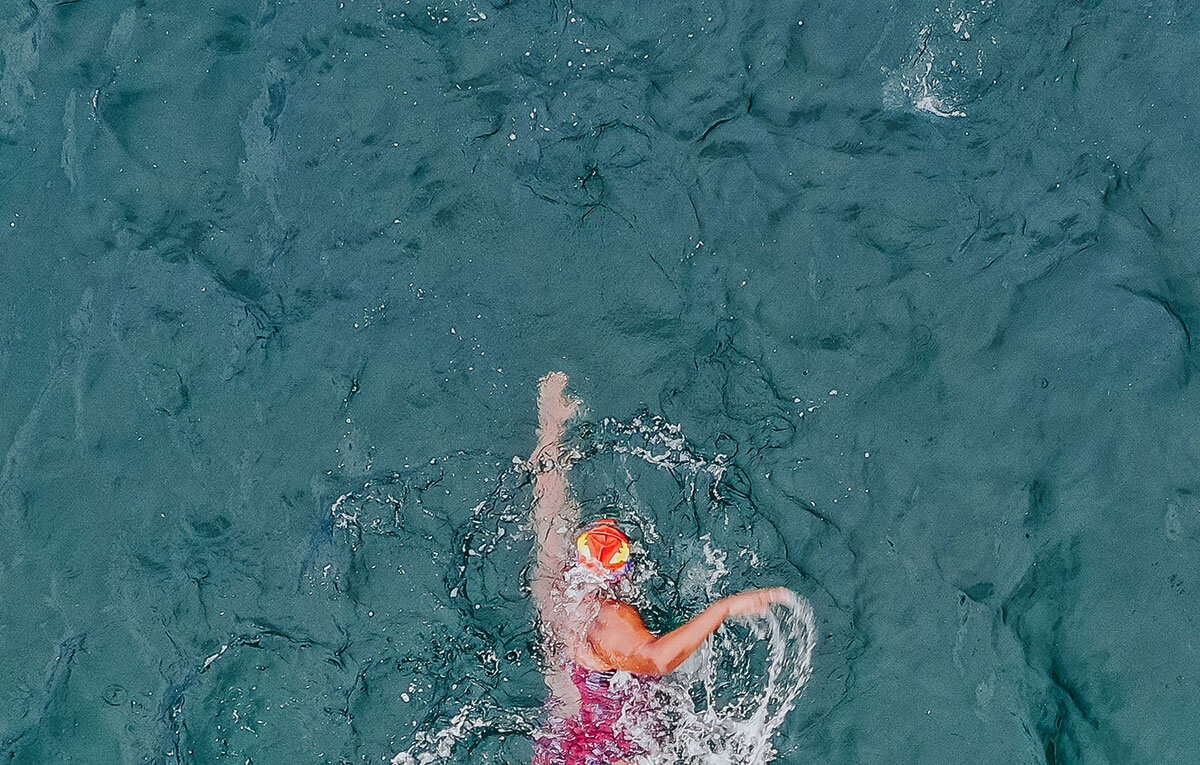The journey is about to begin! You’ve already registered for your first Ironman race, and you can’t wait to jump into your Ironman training. You are full of motivation but, at the same time, your mind is filled with the most common question of first-timers: Can I do it?
Yes, you definitely can! Besides, you have a whole year to prepare for the magical moment of running on the red carpet; and, hearing the most anticipated phrase: “You are an Ironman!”.
There is no magic Ironman training plan
Mind you, Ironman training must be taken very seriously. And, since you are a hobbyist who participates for the first time, you have 6-12 months of training ahead of you.
There are many posts out there, claiming to break the ‘best Ironman training plan’ to the average Joe. We, on the other hand, strongly support that the very first step after your registration is to find a coach. So, in this article, we will not propose to you a “magic Ironman training plan”; instead, we will provide you with some valuable guidelines, just to give you an idea of what Ironman training involves.
Creating an accurate macrocycle
Start by creating the most accurate macrocycle possible. You can find information about the macrocycle and periodization models, here. Αn accurate macrocycle with well-defined training phases — base, build, peak, tapering, race day — will make your training structured. Furthermore, it will help your coach choose the right training strategy for every phase; depending on the training goal. Generally speaking, a macrocycle of 24-48 weeks is strongly recommended.
Training phases: Defining when, and how long
The next step is to define exactly when a training phase will be implemented, and how long it will last. For the traditional periodization, a well-distributed model consists of the following phases:
1. Preparation phase (2-8 weeks)
This is the moment when we have to “restart” the training and execute workouts without intensity, or even structure. The main goal of this phase is to prepare your body and mind for the next stages.
2. Base phase (9-16 weeks)
In this phase, you must build a solid aerobic base. And, how are you going to do that? Through easy and long workouts; in other words, without intensity and demanding workouts. For example, long ride, long run, and long swim — especially at Zone 2 — will be your routine. Keep in mind, although this phase may be boring, it is the most important one; without a strong base, your ability to perform well in the future, will dramatically decrease.
3. Build phase (6-12 weeks)
Now, it’s time to put more intensive workouts to the program. Hill repeats, HIIT, Tempo training, FTP/Threshold workouts, etc., will find their place in your training program. Week after week, you will build stamina at race pace, improve your thresholds and VO2max; and, all things considered, your overall performance. Remember, in this phase, the total training time in Zone 2 will be significantly greater, as compared to other zones.
4. Peak phase (2-4 weeks)
During this phase, you will execute workouts at specific race intensities, VO2max intervals, long-runs, and rides with more intensive splits. Having said that, note that the training load and internal load will be greater than before. After all, there are only 3-6 weeks to the starting line.
5. Tapering (1-3 weeks, race week included)
This is the time to reduce your training load; hence a linear or an exponential decrease in training hours should be applied to your weekly plan. Your body needs rest to recover from the previous phases and adapt; at the same time, you need to mentally prepare yourself for the race.
Hint: accumulated fatigue is a physiological sign; but, don’t worry, you will perform at your best.
6. Race Day
The big day; just enjoy it! 🏃♂️💨
Aaand… CONGRATULATIONs 🎉 YOU ARE AN IRONMAN! ✌
